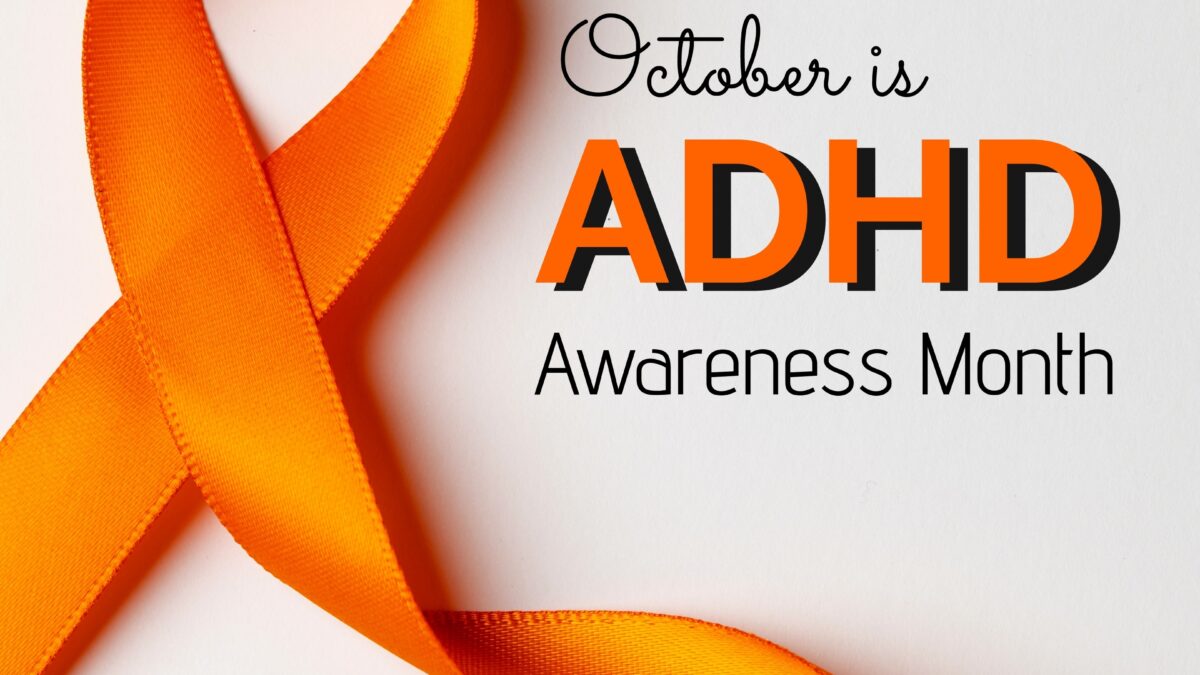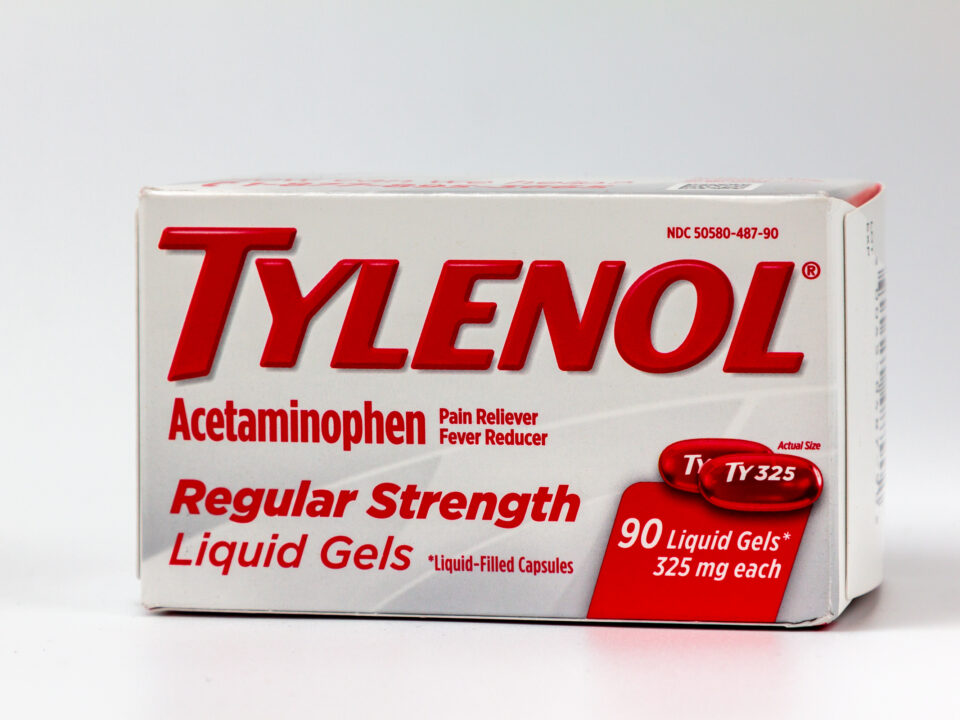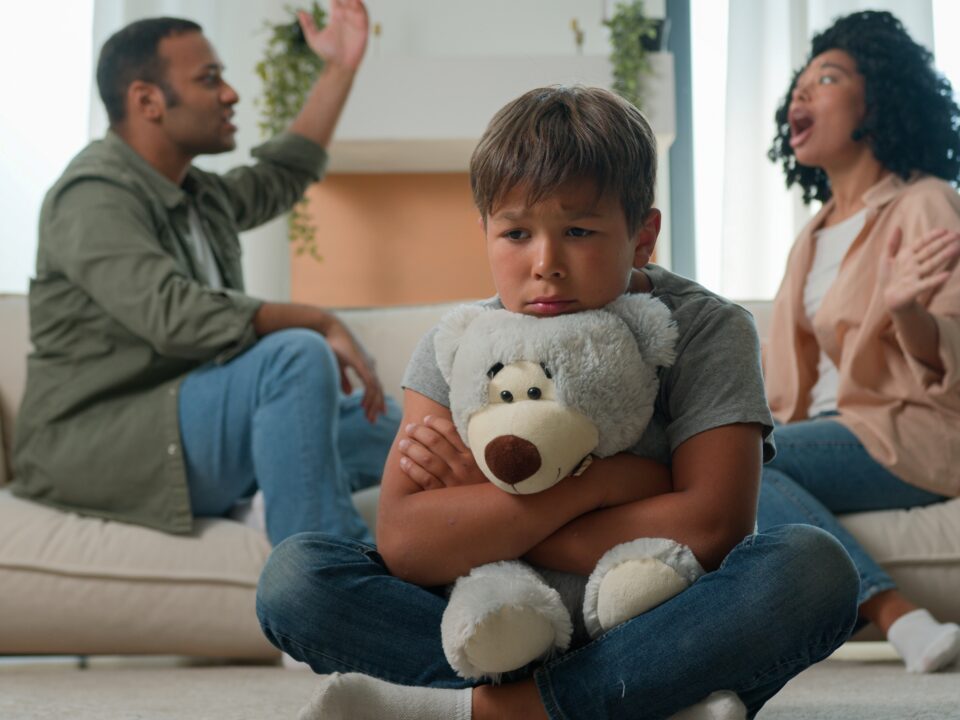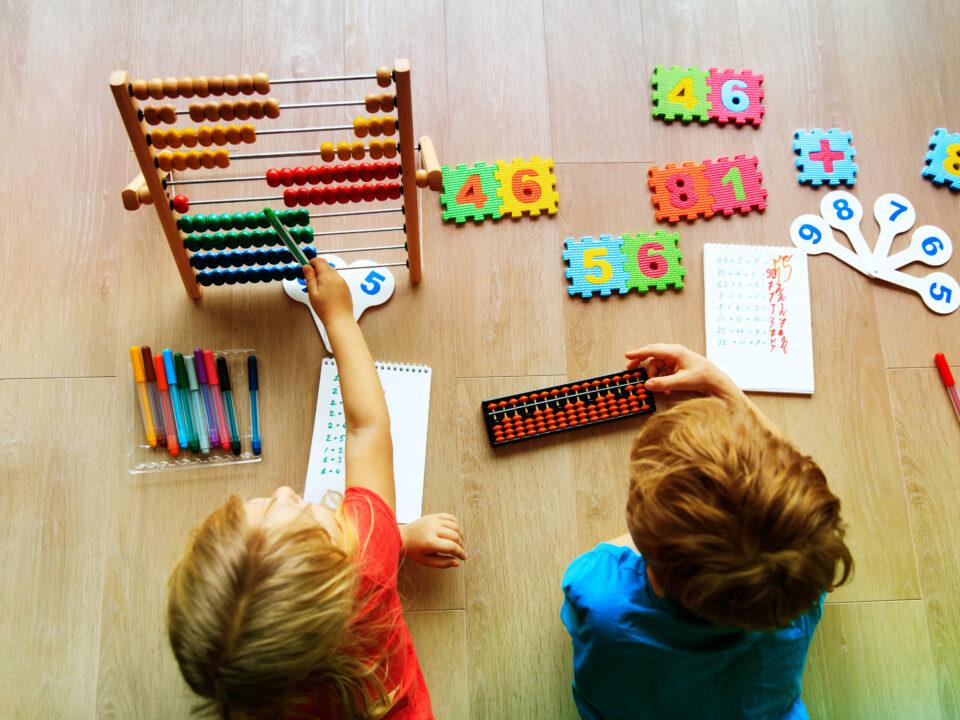
The Facts About Autism & Tylenol
October 7, 2025October: ADHD Awareness Month
By Carol S. Siege, PCC
Founder, Family Pathways Coaching, LLC
One afternoon, when my oldest son was in the fourth grade, he came bounding through the door after school and announced through panting breath: “I have ADHD!” Yes, indeed you do, I told him, but a little context please!
It turned out, my son’s class was learning about “differences.” What are the differences we can see in people, and what are the hidden differences we can’t see? When his teacher talked about ADHD (Attention Deficit/ Hyperactivity Disorder), my son related to everything she described. He wasn’t ashamed, but rather empowered. It all made sense why he struggled to maintain focus on tasks that bored him but could delve in deep and for long, uninterrupted stretches on the subjects that fascinated him. He understood why it was hard for him to curb his impulses, and why he always needed something in his hands in order to stay focused in school.
In the U.S., more than 11 percent of children ages 5-17 were diagnosed with ADHD in the years 2020-2022, according to the U.S. Center for Disease Control. That’s an increase of approximately 42 percent since 2003. There are many reasons researchers ascribe to this increase, ranging from better awareness to an increased propensity to diagnosis. In the end, though, children (and adults) who present with ADHD symptoms need support and skills to move past their challenges and thrive.
Read on for signs to watch for and tips to deal with symptoms of ADHD.
- Executive Functioning
People with ADHD do not lack the ability to focus; but rather, they struggle to regulate their attention. It is common for people with ADHD to have trouble with time management, for example, not accurately sensing how long different tasks take. Likewise, they may struggle to organize and prioritize work, sustain focus on projects that are not particularly interesting, and also start or complete tasks.
Helpful Tips:
Get Out of Your Head – Use visual cues, timers, and other external devices to help organize your time and projects.
Break Tasks Down – Divide big projects into small steps and tackle one at a time.
Create Consistent Routines – Connect new routines to existing habits and use checklists to track what needs to be done.
- Emotional Regulation
ADHD can show up as irritability and a low frustration tolerance, as well as difficulty calming oneself. And when kids are called out for these perceived shortcomings, they can feel particularly pained by a sense of failure. Likewise, they can suffer from low self-esteem if they are criticized for being “lazy” or “unmotivated” when they struggle with typical ADHD challenges.
Helpful Tips:
Build Awareness – Use the “Name It to Tame It” technique developed by Dr. Daniel Siegel and outlined in his book, “The Whole-Brain Child,” to help identify and verbalize feelings.
Delay Reaction – Move your body, take slow, deep breaths, and use positive self-talk to feel better.
Restore Balance – Lean on predictable routines to return to a more stable frame of mind. Reflect on both triggers and solutions to help in the future.
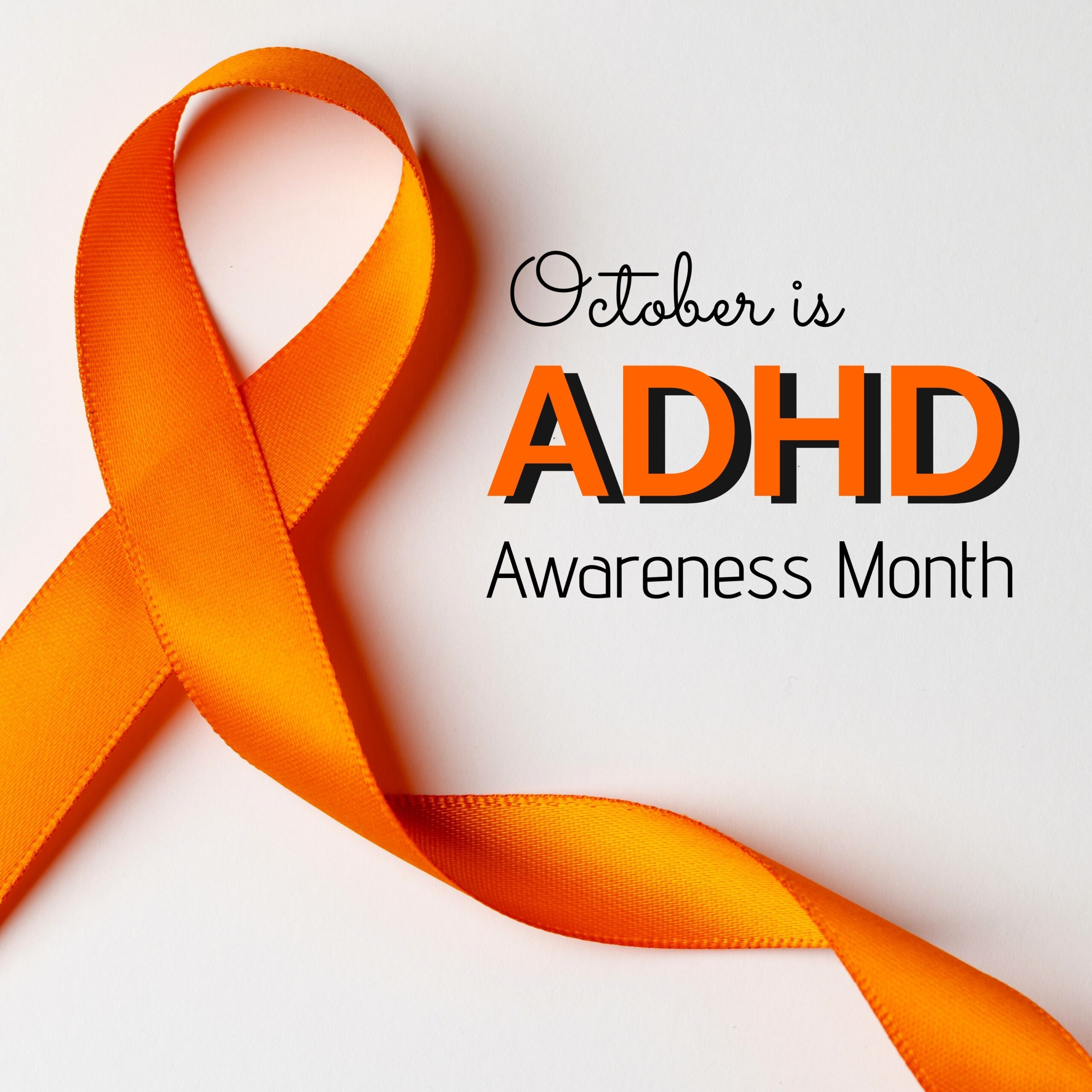
- Social and Relationship Struggles
Impulsivity and other common ADHD behaviors can sometimes get in the way of forming and keeping friends. Maybe your ADHD child interrupts others, talks incessantly, or misses social cues. Perhaps they struggle to take turns or they’re always late. Peers might misinterpret these social faux pas as a lack of caring, and our child can end up feeling guilty and doubting their ability to be a good friend.
Helpful Tips
Start with Self Compassion – Remind your child that when we are kind to ourselves we build resilience and confidence.
Rely on Personal Strengths – People with ADHD are often creative, curious, and empathic, all great qualities in a friend.
Be Open and Authentic – With true friends and in safe spaces, your ADHD child can explain their behaviors and assure pals of their good intentions.
- Daily Life Management
If you’ve ever opened an ADHD kid’s backpack and found it stuffed with crumpled paper and old snacks, you know that ADHD can lead to disorganized spaces, lost belongings, and missed assignments. Trouble creating routines can lead to poor personal hygiene and inconsistent sleep habits, both of which can affect how our kids show up in school, with friends, and at home.
Helpful Tips
Establish Simple Systems – Store items in clear, marked bins so nothing is “lost.” Create specific spaces for specific tasks. And break big tasks into small to-dos.
Create External Accountability – Plan check-ins with a trusted partner, but avoid relying on anyone who has an emotional tie that could lead to feeling judged.
Utilize Technology – Record voice memos instead of writing down information. Turn on the “Do Not Disturb” phone function. Set alarms for transitions.
On the Plus Side, People with ADHD Often:
- Feel Deeply
- Think Creatively
- Act Boldly
- Adapt Quickly
- Inspire Others

